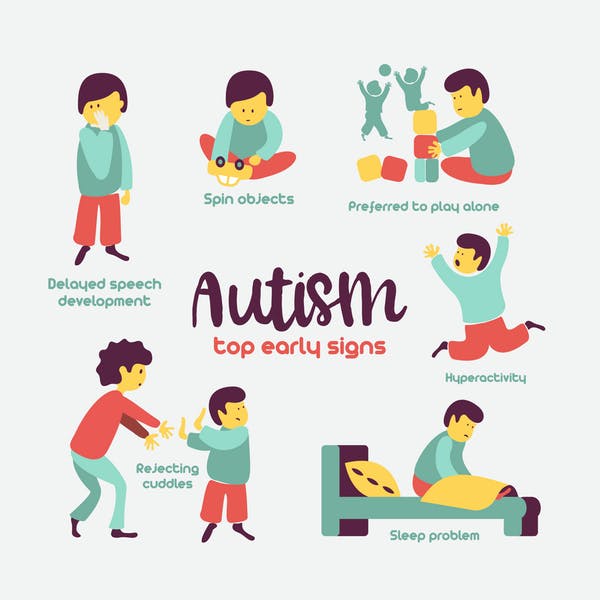Play is not idle time for children. It is a time for exploration and learning. As a pediatric occupational therapist, I encourage fine motor and sensory motor development through play-based activities.
As the holiday season approaches, I have been approached by frustrated parents, unsure of what kinds of toys they should be buying for their children. With some basic knowledge, you can choose gifts that promote lifelong motor, language, cognitive and social skills.
Each year, I take inventory of my own therapy supplies and purchase additional toys and games for the new year. I look for quality products that can be used across many age ranges and developmental levels. When I look at a puzzle, I see opportunities for visual attention, scanning, figure ground, spatial awareness, task completion and use of a pincer grasp.
A magnetic fishing game requires turn-taking, refined grasp patterns, bilateral coordination, eye-hand coordination and matching skills. If that fishing game is placed on a platform swing, the child’s balance reactions, postural control and sensory processing abilities will be challenged.
Thinking like a therapist will help you find the perfect toy or game for your child. Here are guidelines for choosing holiday gifts.
1. Safety! This should always be the first consideration. Toys should durable and free of toxic materials. I prefer Discovery Toys, as they have not had a mandatory recall in 30 years and offer a lifetime warranty. The age recommendations should be clearly stated on the box, which will help narrow down your options. Since many children with special needs are developmentally younger than their chronological age, use their developmental age as a guide.
2. Skills addressed. Ask your therapists (occupational, physical and/or speech and language therapist) for ideas regarding skills that need to be developed based on therapy goals. Your therapists will love to hear that you are carrying over skills into the home environment!
For children with fine motor delays, I recommend looking at the size of the pieces — are they the best size and shape for grasping? Also look at the packaging — large containers with handles can help children develop upper body strength as they carry the container to the toy shelf. Children learn best through hands-on play, so their toys should be interactive and child-driven, not battery operated!
3. Value. Find toys that will grow with your child. Think about how you can adapt the toy or game as your child grows and develops new skills. Toys should be stimulating and enjoyable, even after the initial novelty wears off. If the child is more interested in the box, then you’ve chosen the wrong toy!
If you have more than one child, find an activity that all your children can use together (even if it needs to be modified for a younger child) and encourage socialization and cooperative play. Better to have a few quality toys that can be used for years than a houseful of toys that go unused.
4. Type of play. Decide whether you want to encourage independent play skills or if you need materials for structured play.
If you would like your child to learn to play independently while you make a phone call or prepare dinner, look for a familiar toy with fewer pieces that your child can be successful with (i.e. cars, large blocks). Save more challenging activities for one-on-one time.
Structured time is a great for playing a board game, matching capital letters to lower case, or assembling a challenging puzzle.
5. Fun! Let your child’s interests, such as animals or trains, guide your purchases so he will be excited to learn. Educational toys should be fun for the whole family, too. Show your enthusiasm. If you are excited about the toy, your child will be, too.
Reprinted with permission from Parenting Special Needs Magazine, ©Parenting Special Needs LLC. www.parentingspecialneeds.org






